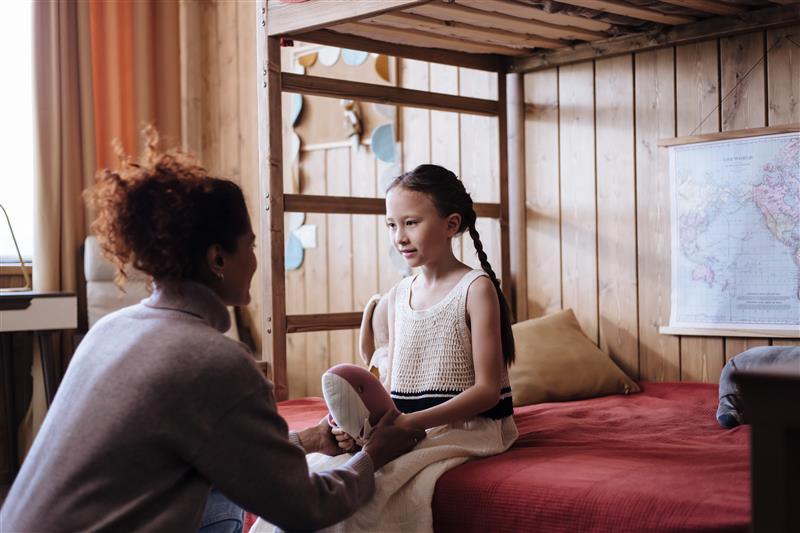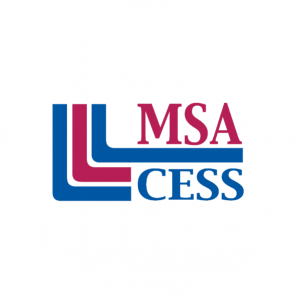By Emily Fitzgerald, Guest Author
The phrase “teachable moment” is often thrown around and generally refers to an everyday situation from which a learning opportunity arises—usually involving some sort of lesson taught to a young person by an adult. An argument over a pencil can become a teachable moment about how to resolve conflicts or solve problems; a late arrival can become a teachable moment about time management; lost keys can become a teachable moment about the importance of organizational skills. Although it can be easy to see the opportunities for learning in small moments like these, it can be surprisingly difficult to ensure that this learning actually occurs.
As a school social worker, I thrive on teachable moments. While it can be valuable to plan activities, lessons, and discussions for my students, I have learned that they seem to internalize more when I am able to capitalize on what happens naturally in their lives and help them make meaning from their experiences. I have also learned that these moments can be easily squandered if I am not careful to approach them in a thoughtful and intentional way.
Diving Deeper into Teachable Moments
Consider the example of a child losing his keys. It is easy to recognize this as an opportunity for learning about organizational skills, but imagine how a child might respond to an adult saying, “See? This is why it’s so important to stay organized. If you don’t stay organized, you lose things.” Will this create a “lesson learned,” or is it more likely that the child will tune out this mini lecture and continue on as if nothing happened? The easiest way to answer this question is to consider how you would feel if someone said it to you. It’s the equivalent of “I told you so,” and sanctimonious statements like these generally do little to encourage true reflection, insight, or learning.
To increase the likelihood that my students will actually learn something from teachable moments, I’ve found power in a few simple strategies.
- Allow kids to have their own “aha!” moment. This happens when a child realizes what something means, makes a connection between two things, or figures out what they can learn from a given experience. The key here is to let the child do the thinking work, even if they are prompted or guided by an adult.
- Encourage self-awareness by asking kids to notice their own feelings, thoughts, and choices. It’s easy for adults to observe children’s behavior and pick up on their tone of voice, level of aggression, impulsive actions, or careless mistakes made as a result of rushing through tasks. Learning takes place, however, when we help kids notice these things in themselves.
- Guide kids to make connections. Teachable moments do not occur in a vacuum. Every situation happens within a context of relationships, habits, interactions, and experiences. The more that young people can recognize how one situation relates to other aspects of their lives or other experiences that they’ve had, the more meaningful, and learnable, these moments will become.
Putting It into Practice
Using the example of the child losing his keys, an adult might ask the following questions:
- Where do you usually put your keys? (Do they always go in the same spot, or do you keep them in different places?)
- Do you ever lose other things?
- Is there anything that you never lose?
- Why do you think you’ve never lost that? (Is it very important to you?)
- How do you make sure that you know where it is?
This line of questioning guides the child toward self-reflection without imposing judgment or telling him what conclusions to draw. It shows him what kind of questions to ask himself in order to learn from the situation.
When we tell children what to think, what to notice, or what to remember, we also make is easy for them to immediately forget what we’ve said, or to file it away along with everything else that people tell them to do. It’s much more challenging to guide children toward finding the answers for themselves. It takes patience and a willingness to let children wrestle with questions and draw their own conclusions, but it ultimately lets them take ownership over their learning. Rather than being the recipients of a teachable moment, they become participants in it. And, perhaps more important, they become better equipped to reflect on and learn from new situations.
About the Author: Emily Fitzgerald is a lecturer at the University of Michigan School of Social Work and a school social worker in the Michigan Public Schools.








One Response
Excellent, Emily, Thank you!